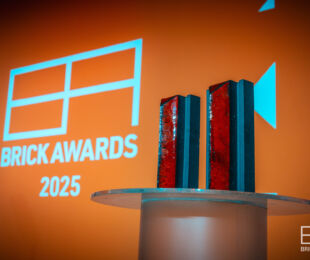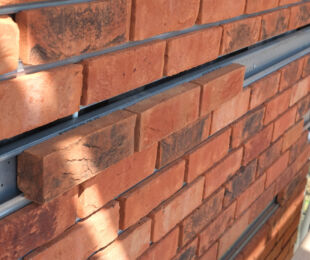
The construction industry has enormous opportunities as well as a responsibility to enhance its sustainability profile. As it steers a path to a greener future, the sector needs to reduce waste and extend the life of building products. Clay bricks, with their inherent durability and recyclability, exemplify the principles of circularity and provide a route to a more environmentally responsible and resource conscious built environment.
One of the key advantages of clay bricks is their longevity, durability and adaptability. With clay bricks having a service life in excess of 150 years, this exceptional resilience over time is an important element of reducing raw material demand. Many historic clay brick buildings have been repurposed and given new life, extending their active use for centuries. A showcase for this being the newly renovated and repurposed Battersea Power Station. For what is the largest brick building in Europe, the reuse of the existing brick fabric is testament to the circular potential of brick construction.
Reusability
When constructed correctly with lime mortar, buildings made from clay bricks can be carefully dismantled, and the bricks can be reused in new construction projects. This reusability is a game-changer, as it minimises waste and reduces the need for new materials.
Moreover, once a building's design is no longer suited for its intended purpose, the clay bricks can be reused through the reclaimed brick market. Thanks to their outstanding durability, these clay bricks retain their strength, colour, and beauty for the length of their 150-year active life, making them highly sought after for their particular character and history.
Recyclability
Even when clay bricks reach the end of their functional life, they can be recycled as graded aggregates for use in sub-bases, hard-core, and concrete, reducing the need for extraction of raw materials. Additionally, they can be crushed into granules for use in composites or transformed into brick dust for lime mortars and brick tinting. This recyclability ensures that clay bricks can avoid going into a landfill but instead become a valuable resource in a circular economy.
Reducing Single-Use Plastic
With the minimisation of raw material consumption use being so critical, the principal of circularity can also be applied to packaging. The Brick Development Association and its members are committed to reducing the industry's reliance on single-use plastic packaging. We have set ambitious goals, including making all plastic packaging recyclable, reusable, or compostable by 2025 and eliminating avoidable plastic waste by 2042.
For example, leading manufacturers such as Ibstock, Weinerberger, Forterra and Michelmersh have implemented comprehensive plastic reduction strategies and are focusing on removing plastic where possible. They are reducing its use where unavoidable, and exploring alternative materials to replace remaining plastic components.
Circular approach
As an industry, we are dedicated to promoting sustainable practices and embracing the principles of circularity. Clay bricks underline this commitment, offering a long-lasting, adaptable, and environmentally responsible building material. By prioritising reusability, recyclability, and reducing our reliance on single-use plastics, we are paving the way for a more sustainable construction sector.



